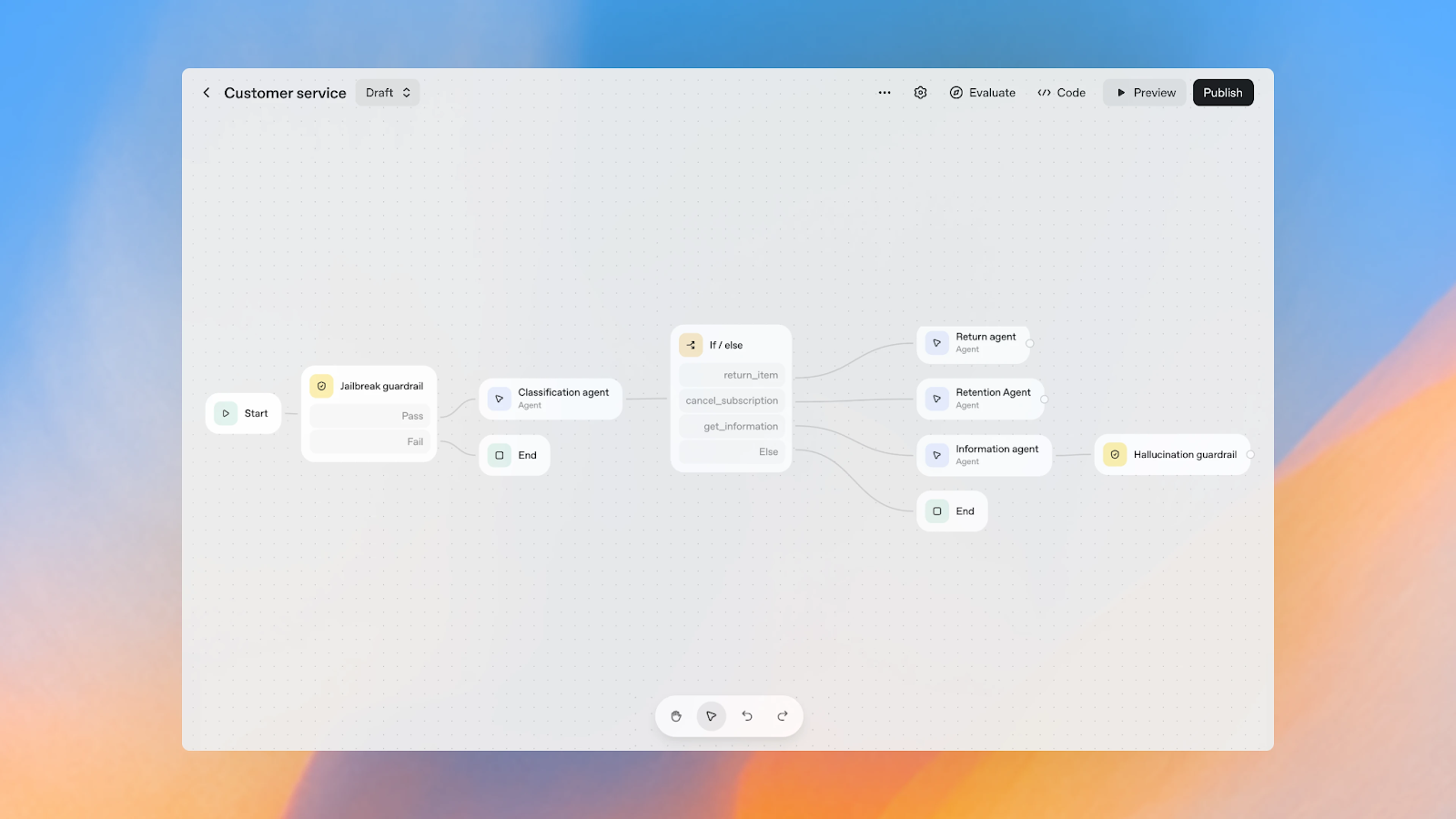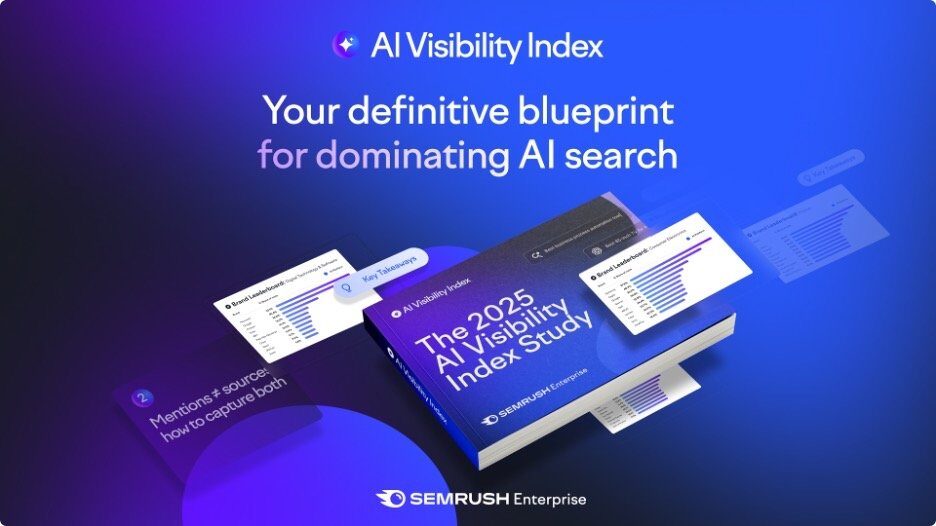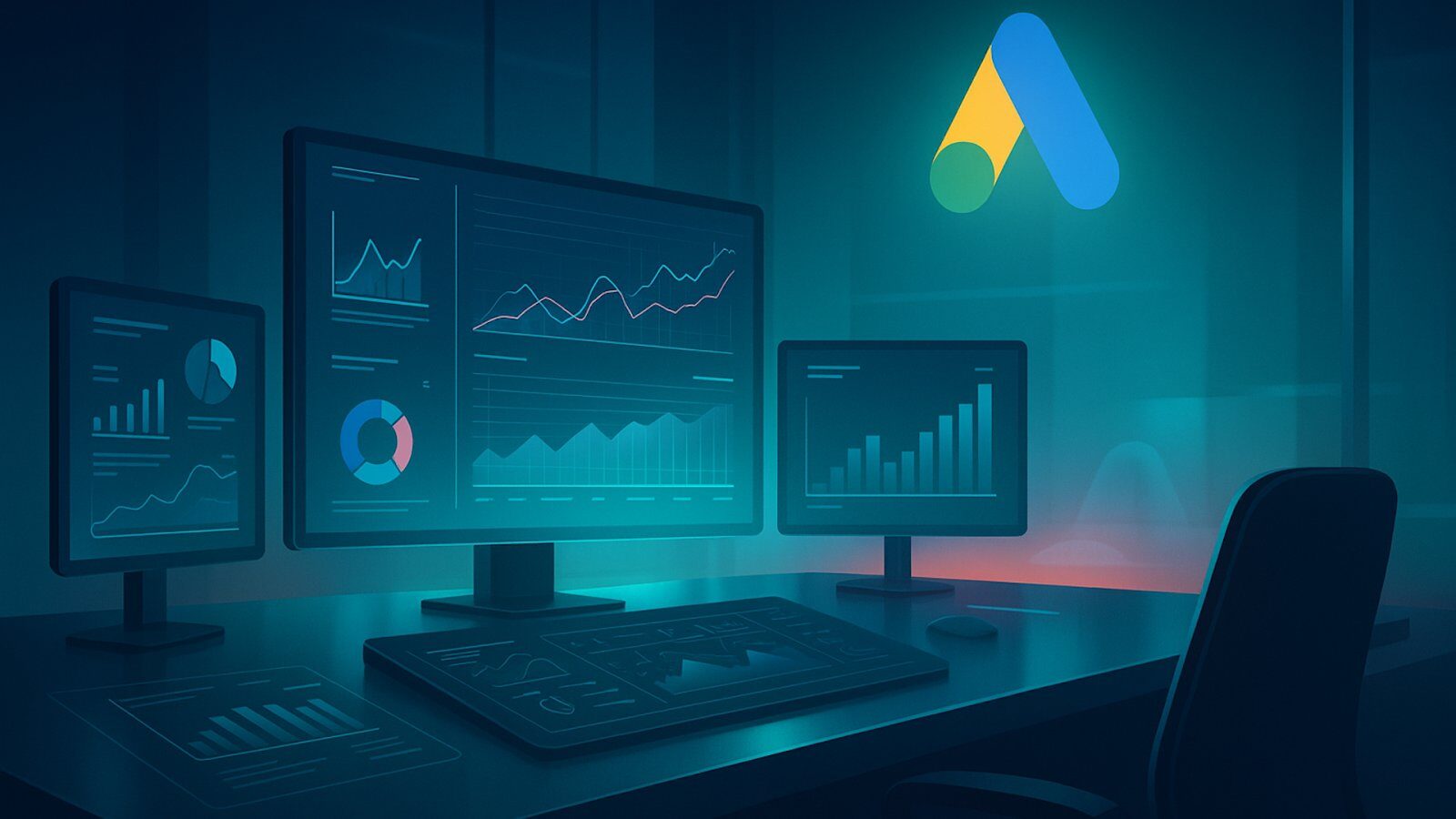AI is changing how people discover and understand brands.
It’s also reshaping how they search, with users turning to tools like ChatGPT, Perplexity, and Google’s AI Overviews for answers instead of clicking through pages.
They interact with synthesized summaries, not traditional...
Category: SEO


Food bloggers say this Thanksgiving is a breaking point. Google Search and AI Overviews, powered by Gemini 3, are rewriting recipes, stealing clicks, and in some cases serving dangerously wrong cooking instructions, Bloomberg reported.
Why we care. For more than a decade, food...

For years, marketers measured digital success through impressions, backlinks and clicks. If you ranked high in search results and won the click, you had visibility and control of the funnel. But that landscape is already shifting.
Large Language Models (LLMs) like ChatGPT, Claude,...

Brands often invest in influencer and affiliate promotions but stop short of giving the content additional reach, assuming the creator’s audience is enough.
Using paid marketing, adding it to your site, and sharing it across your channels isn’t doing their job for them.
It’s a way...

Automation has shaped PPC for decades, and the landscape keeps shifting.
I’ve seen that evolution firsthand, from helping build the first AdWords Editor to developing early Google Ads scripts and writing about automation layering.
Now we’re entering another major transition.
As AI...

AI search evolves every month. This constant flux is reshaping which brands get visibility and which sources AI models trust most.
We now have three months of data in the AI Visibility Index, tracking ChatGPT and Google AI Mode.
The key takeaway: AI search is volatile. This is likely...

Google says it’s dramatically cut down on mistaken advertiser suspensions — a long-standing frustration for many legitimate marketers using its platform.
By the numbers:
Incorrect account suspensions are down over 80%.
Suspension appeals are being processed 70% faster.
99% of...

Google is rolling out asset-level reporting for Display campaigns, giving advertisers a clearer view of how individual creative assets perform — a move that brings Display closer to the visibility already seen in Performance Max campaigns.
Why we care. Until now, Display campaign...

The shift away from fully keyword-targeted search campaigns has been building for years – but this week, it reached a tipping point.
Two account managers on my team, each handling different clients in different industries, came to me with the same uneasy admission.
They were leaning...
